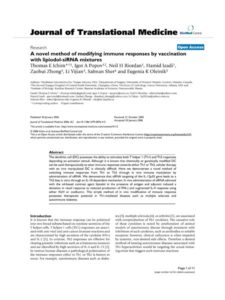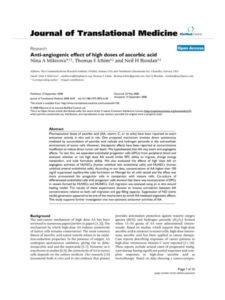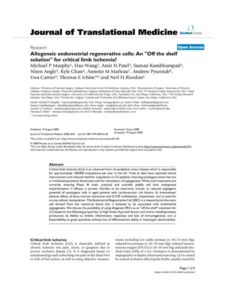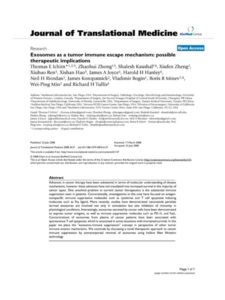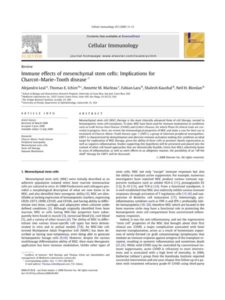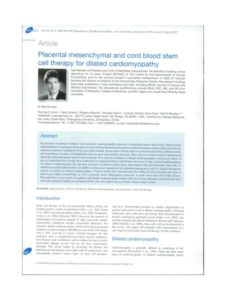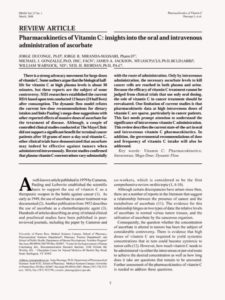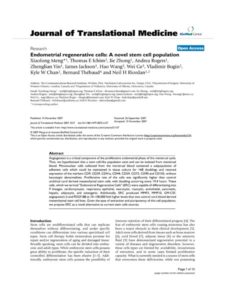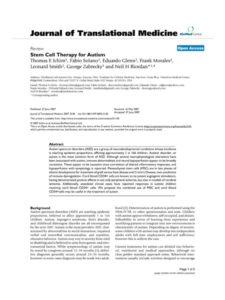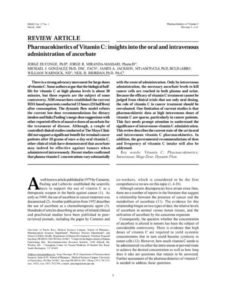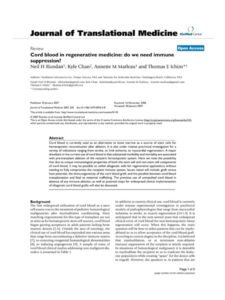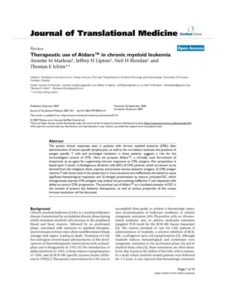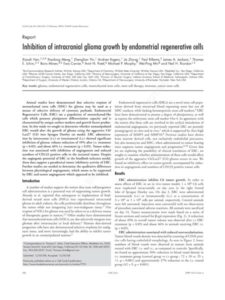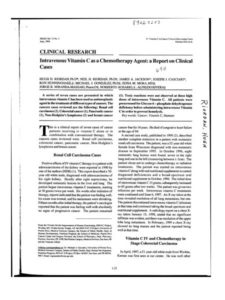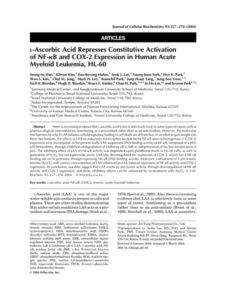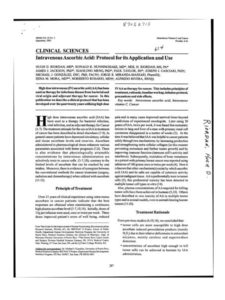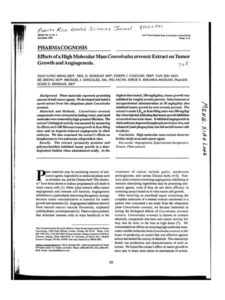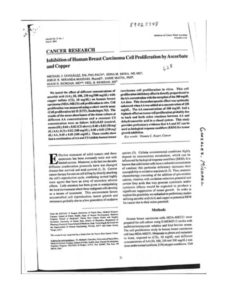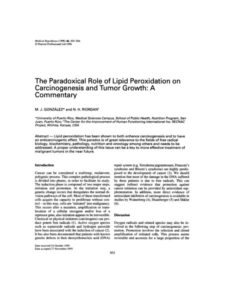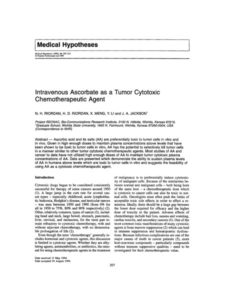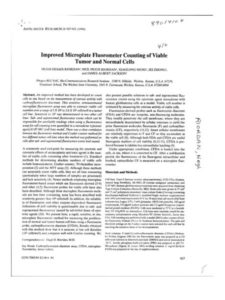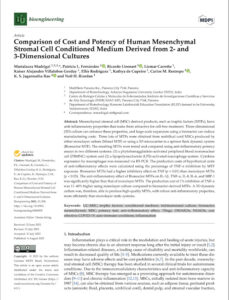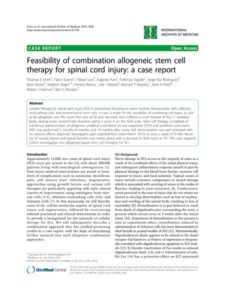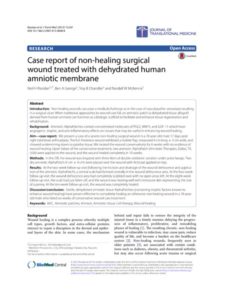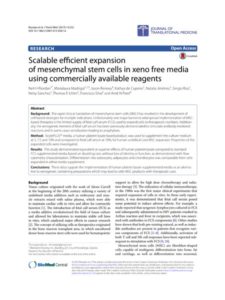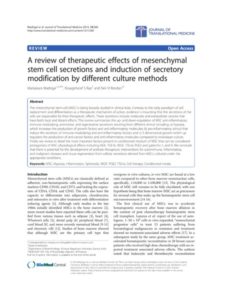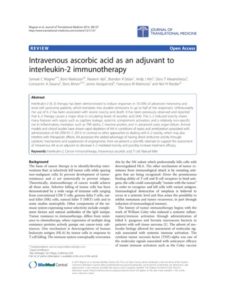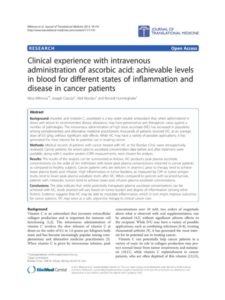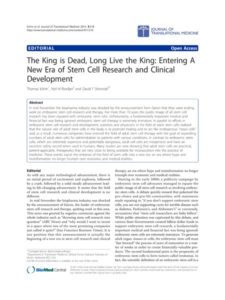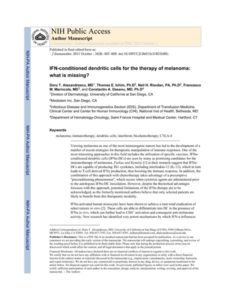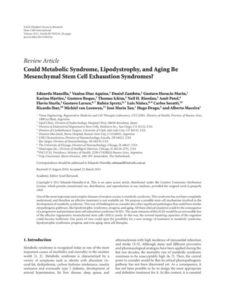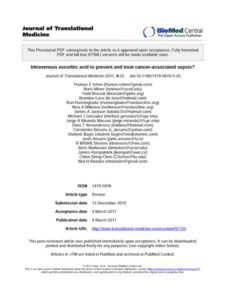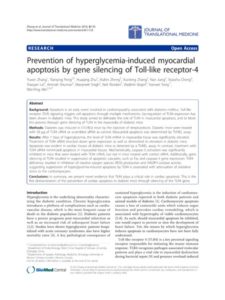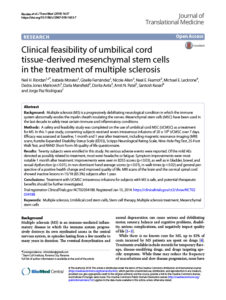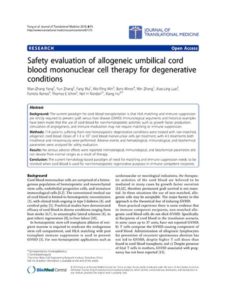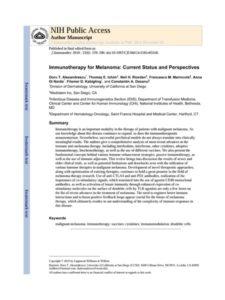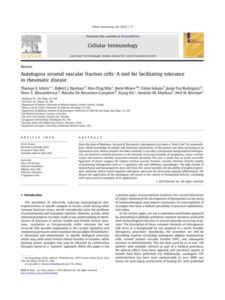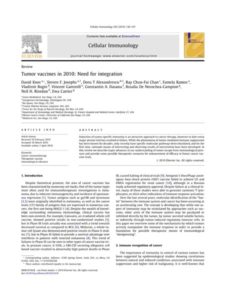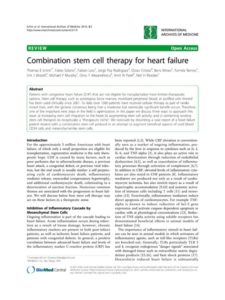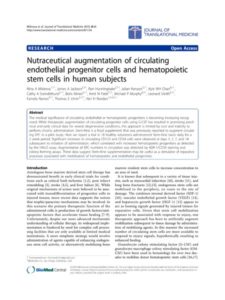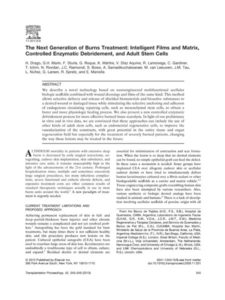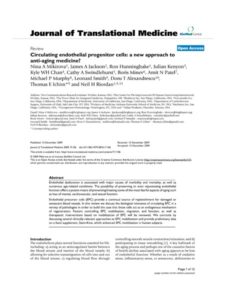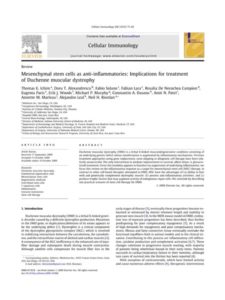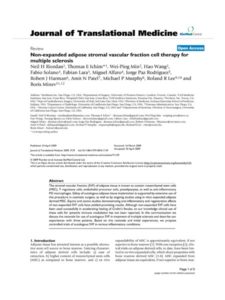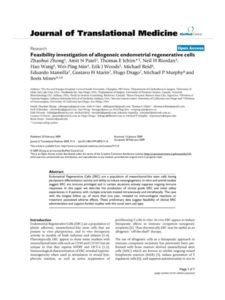Cutaneous sarcoidosis and malignancy: An association between sarcoidosis with skin manifestations and systemic neoplasia.
Dermatol Online J. 2011 Jan 15;17(1):2.
Alexandrescu DT, Kauffman CL, Ichim TE, Riordan NH, Kabigting F, Dasanu CA.
Abstract
BACKGROUND: Whereas the association between multisystem and pulmonary sarcoidosis and malignancy has been documented, a relationship between cutaneous sarcoidosis and neoplasia has not yet been reported. Because cutaneous manifestations are seen in 20-25 percent of cases of sarcoidosis, this association deserves further investigation. METHODS: We reviewed the relevant literature, in addition to our case series, for a total of 110 cases of cutaneous and non-cutaneous sarcoidosis associated with malignancy with the aim of analyzing possible associations between cutaneous sarcoidosis and malignancy and to enhance the dermatologist’s understanding of their critical role in the management of this disease. A search for consecutive cases, which were encountered during the past 20 years, identified 10 cases of confirmed cutaneous sarcoidosis. A review of the relevant literature was also conducted to identify cases of malignancy associated with cutaneous and non-cutaneous sarcoidosis. RESULTS: Cutaneous localization of sarcoidosis was identified in 58 of 100 patients with sarcoidosis and cancer found in the literature (58%) and in 4 of 10 patients in our series (40%). In our series, all cases manifested solid tumors, including breast (n=4 tumors), prostate cancer, colon cancer, kidney cancer, and squamous cell carcinoma of the skin (n=1 of each type). Among the 6 patients in our series with cancers and non-cutaneous sarcoidosis, the types of neoplasias encountered were renal cancer (n=1), mycosis fungoides (n=1), diffuse large B-cell lymphoma (n=1), colon cancer (n=1), and ADK of parotid (n=2). Neoplasias developed after an average of 7.14 years in the literature cases and eight years in our series, following the diagnosis of sarcoidosis. Among the 100 cases of cutaneous (n=58) and non-cutaneous (n=42) sarcoidosis associates with malignancy, which were extracted from the literature, hematologic malignancies accounted for 73 percent of cases and sarcoidosis preceded the detection of neoplasia in a majority (76%) of cases. Among 110 total cases analyzed in this paper, cutaneous sarcoidosis was confirmed in 56.4 percent of overall cases, a figure exceeding expected rates of cutaneous involvement (20-25%) in the general sarcoidosis population. CONCLUSIONS: Sarcoidosis with cutaneous manifestations appears to be associated with malignancy, possibly at a higher rate than other systemic forms of sarcoidosis. The predominant occurrence of sarcoidosis before the development of neoplasia may indicate that an immune dysregulation, such as impairment of cellular immunity mediated by sarcoidosis or the effects of treatment may contribute to an increased risk of malignancy in predisposed individuals. Physician recognition of this link between sarcoidosis and malignancy is critical. Dermatologists, in particular, play an important role, given that many of these associated cases manifest initially, or even solely, with cutaneous findings.

